10 Asian Chicken Spice Blends That Will Make Your Taste Buds Dance!
Welcome to the ultimate guide on Asian chicken spice blends! Whether you're a seasoned chef or a curious home cook, this listicle is your ticket to flavor town. We’re diving deep into the vibrant world of spices from across Asia that can transform the humble chicken into something extraordinary.
Table of Contents
- Sichuan Five-Spice: The Tingling Symphony
- Garam Masala: Indian Comfort in a Jar
- Korean Gochujang Paste: Sweet Heat with Depth
- Thai Green Curry Powder: Aromatic and Bold
- Japanese Shichimi Togarashi: Crisp, Colorful, and Complex
- Indonesian Bumbu Kecap: Savory & Sweet Soy Magic
- Vietnamese Five-Spice: Anise-Infused Simplicity
- Malaysian Rempah: The Base of All Malaysian Magic
- Filipino Bahay Kubo Mix: Fresh Herbs & Earthy Spices
- Mongolian BBQ Seasoning: Sizzling Flavor Explosion
- Conclusion: Spice Up Your Chicken Game
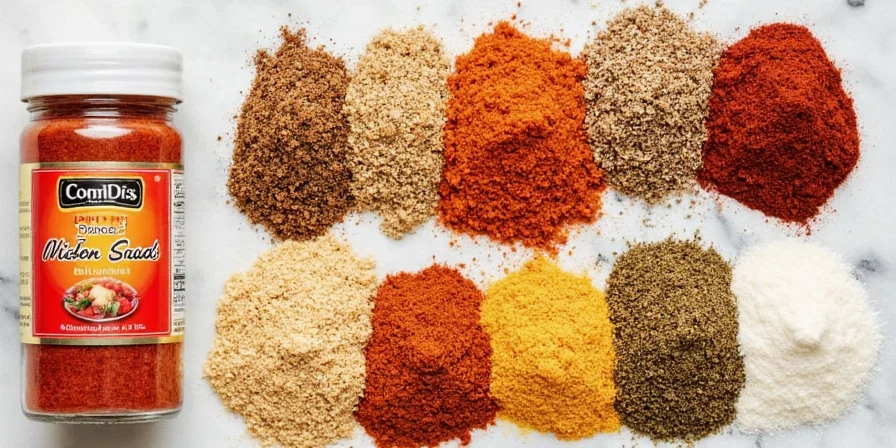
1. Sichuan Five-Spice: The Tingling Symphony
Sichuan Five-Spice isn't actually five different spices—it's more like three spices and two numbing sensations! Known as “五香粉” (wǔxiāng fěn), it typically includes star anise, cloves, Sichuan pepper, cinnamon, and fennel seeds.
- Best for: Grilled chicken skewers, braised wings
- Tips: Toast before grinding to enhance aroma
- Pair with: Garlic chili sauce or black bean paste
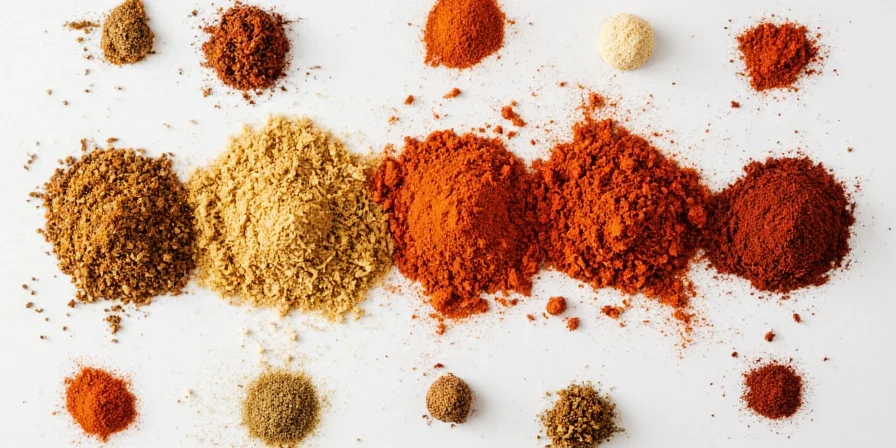
2. Garam Masala: Indian Comfort in a Jar
If there’s one spice blend that defines Indian cuisine, it’s Garam Masala. Each region has its own version, but common ingredients include cumin, coriander, cardamom, cinnamon, and cloves.
- Best for: Butter chicken, tandoori marinades
- Tips: Add toward the end of cooking to preserve essential oils
- Pair with: Yogurt-based sauces or naan bread
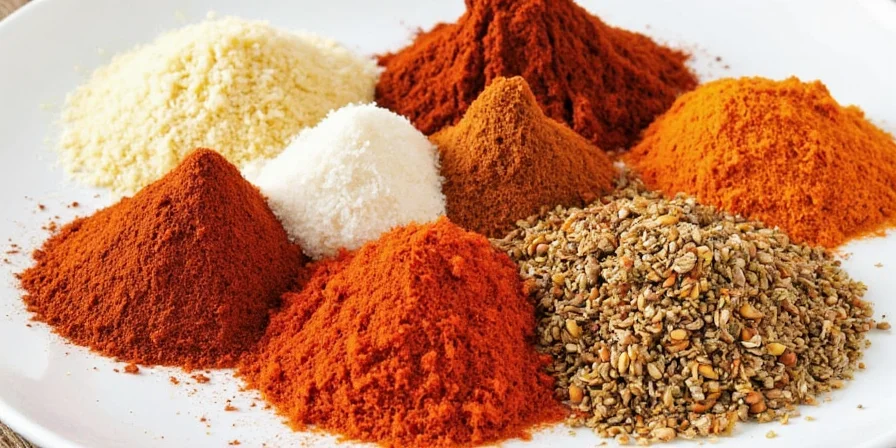
3. Korean Gochujang Paste: Sweet Heat with Depth
Koreans love their heat—but not just any heat. Gochujang adds a fermented sweetness and umami that makes it perfect for marinating chicken thighs or brushing over grilled drumsticks.
- Best for: Korean fried chicken glaze, stir-fried chicken bulgogi
- Tips: Dilute with honey or soy sauce for balance
- Pair with: Kimchi or pickled vegetables
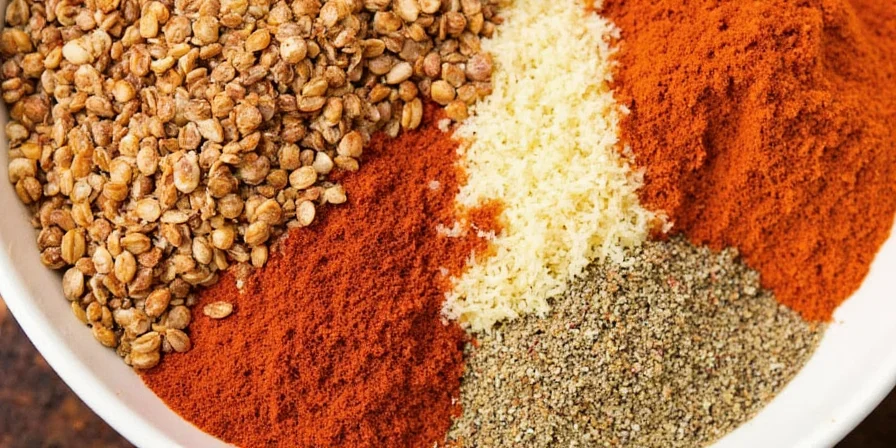
4. Thai Green Curry Powder: Aromatic and Bold
This is not just a spice blend—it’s a full-bodied curry base in powdered form. Made with green chilies, lemongrass, galangal, kaffir lime peel, and coriander roots.
- Best for: Thai green curry chicken, pad thai seasoning
- Tips: Sauté in coconut milk before adding chicken
- Pair with: Coconut rice or jasmine rice noodles
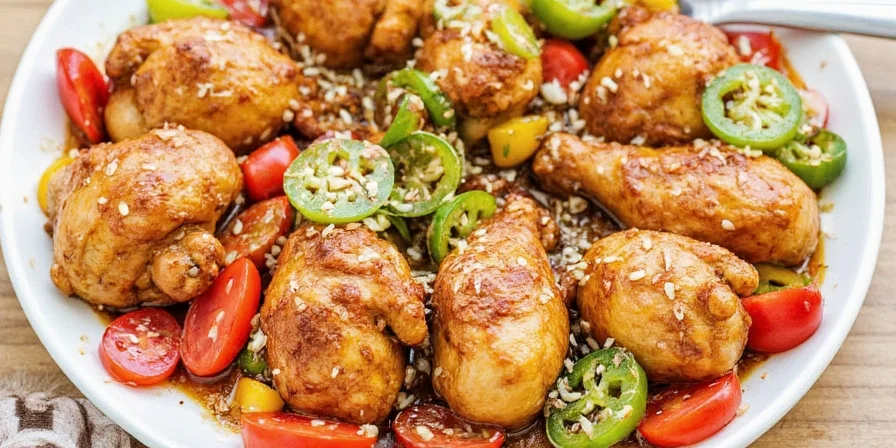
5. Japanese Shichimi Togarashi: Crisp, Colorful, and Complex
Also known as “seven-flavor pepper,” shichimi togarashi combines red chili flakes, orange peel, sesame seeds, ginger, and seaweed. It’s less about heat and more about texture and fragrance.
- Best for: Yakitori, grilled chicken donburi bowls
- Tips: Sprinkle after cooking for maximum crunch
- Pair with: Miso soup or tamari dipping sauce
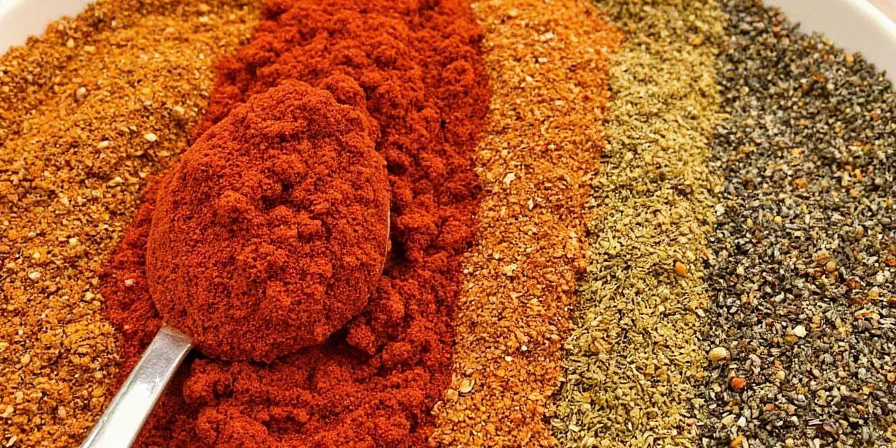
6. Indonesian Bumbu Kecap: Savory & Sweet Soy Magic
Bumbu kecap starts with a sweet soy sauce base (kecap manis) and is spiced up with shallots, garlic, coriander, and nutmeg. It’s the heart of many Indonesian dishes like ayam goreng or ayam bakar.
- Best for: Fried or grilled chicken, satay marinade
- Tips: Marinate overnight for deeper flavor
- Pair with: Peanut sauce or fried tempeh
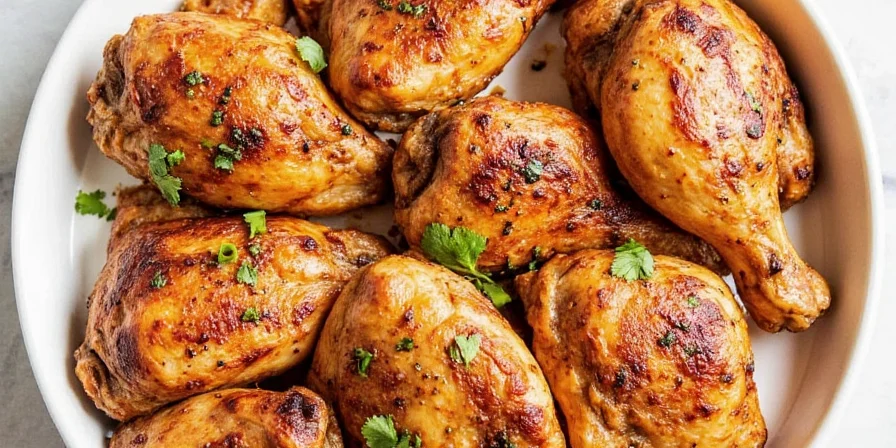
7. Vietnamese Five-Spice: Anise-Infused Simplicity
Less complex than its Chinese counterpart, Vietnamese ngũ vị hương focuses on star anise, fennel, cloves, cinnamon, and Sichuan pepper. It’s subtle, fragrant, and pairs beautifully with lemongrass and garlic.
- Best for: Lemongrass chicken skewers, grilled chicken salad
- Tips: Mix with fish sauce and sugar for a glaze
- Pair with: Fresh herbs and vermicelli noodles
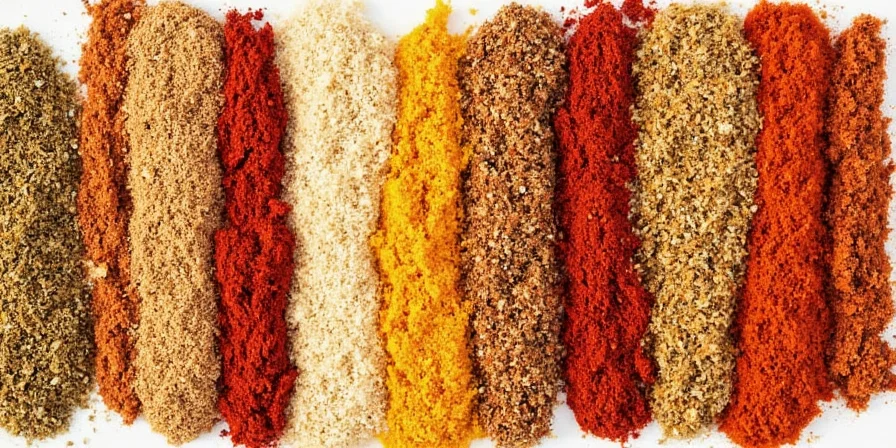
8. Malaysian Rempah: The Base of All Malaysian Magic
Rempah is a wet spice paste made by grinding turmeric, garlic, ginger, lemongrass, candlenuts, and dried chilies. It forms the backbone of many Malaysian chicken curries and stews.
- Best for: Chicken rendang, butter chicken curry
- Tips: Cook slowly to develop depth
- Pair with: Roti canai or nasi lemak
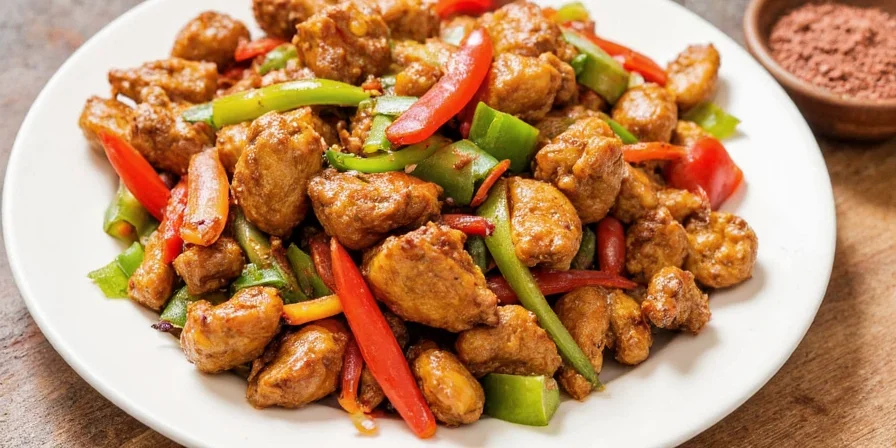
9. Filipino Bahay Kubo Mix: Fresh Herbs & Earthy Spices
Named after the iconic nipa hut, bahay kubo refers to the traditional mix of local vegetables and herbs used in Filipino cooking. For chicken, it often means using garlic, onion, peppercorns, vinegar, and bay leaves—think adobo style!
- Best for: Chicken adobo, simmered dishes
- Tips: Use whole peppercorns for better flavor release
- Pair with: Garlic rice and fried egg
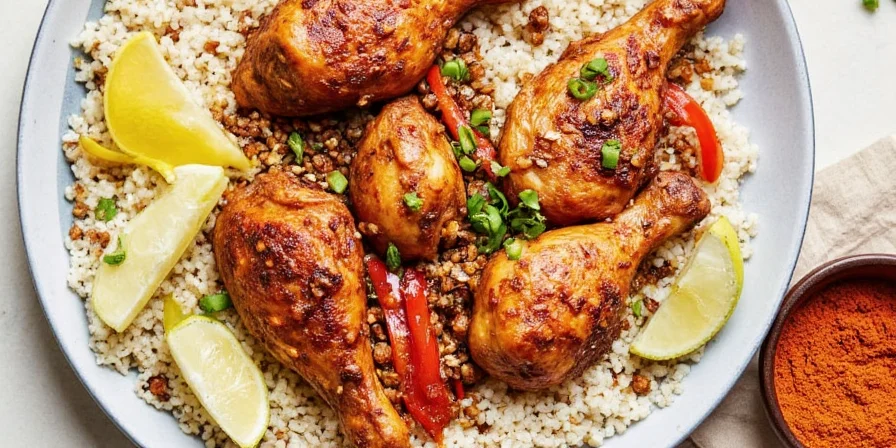
10. Mongolian BBQ Seasoning: Sizzling Flavor Explosion
This modern fusion spice blend combines soy sauce, garlic powder, brown sugar, chili flakes, and sesame seeds. Originally popularized in Mongolian-style hot pot bars and grills, it’s now a global favorite.
- Best for: Wok-seared chicken, quick stir fries
- Tips: Pre-mix and store in a jar for instant use
- Pair with: Noodles and scallions
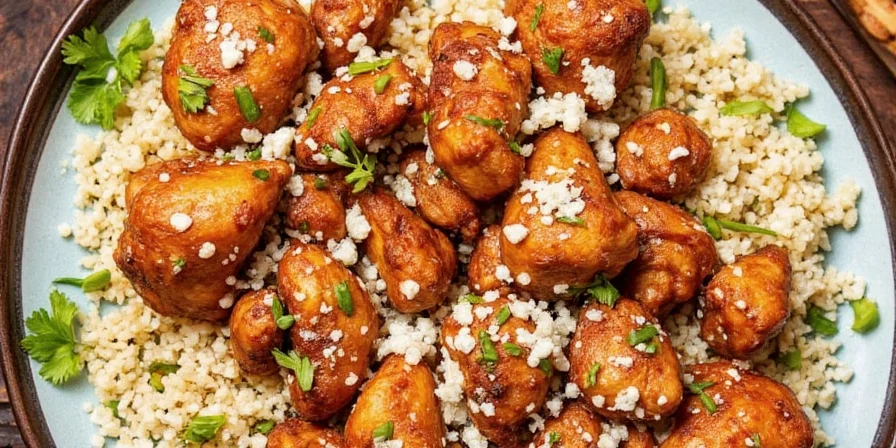
Comparison Table: Key Features of Top Asian Chicken Spice Blends
| Spice Blend | Origin | Main Ingredients | Flavor Profile | Best Used In |
|---|---|---|---|---|
| Sichuan Five-Spice | China | Star anise, Sichuan pepper, cloves, cinnamon, fennel | Numbing, warm, aromatic | Braised chicken, skewers |
| Garam Masala | India | Cumin, coriander, cardamom, clove, cinnamon | Earthy, sweet, spicy | Tandoori, butter chicken |
| Korean Gochujang | South Korea | Fermented chili paste, glutinous rice, soybeans | Sweet, salty, spicy | Fried chicken, bulgogi |
| Thai Green Curry | Thailand | Green chili, lemongrass, galangal, kaffir lime | Aromatic, spicy, fresh | Curry, stir fry |
| Shichimi Togarashi | Japan | Chili, orange peel, sesame, seaweed | Spicy, crunchy, citrusy | Grilled chicken, ramen |
| Indonesian Bumbu Kecap | Indonesia | Shallot, garlic, coriander, nutmeg, kecap manis | Sweet, savory, earthy | Fried chicken, satay |
| Vietnamese Five-Spice | Vietnam | Star anise, fennel, clove, cinnamon | Mildly spicy, sweet | Lemongrass chicken, grilled |
| Malaysian Rempah | Malaysia | Turmeric, ginger, lemongrass, chili, candlenut | Deep, savory, spicy | Curry, stew |
| Filipino Bahay Kubo | Philippines | Garlic, onion, vinegar, peppercorn | Tangy, savory, herbal | Adobo, simmered dishes |
| Mongolian BBQ | Modern Fusion | Soy sauce powder, garlic, chili, sesame | Umami, spicy, sweet | Stir fry, wok dishes |
Conclusion: Spice Up Your Chicken Game
From the fiery heat of Sichuan pepper to the umami-rich depth of Gochujang, these ten Asian chicken spice blends are your passport to culinary adventure. Each brings its own unique personality to the table—whether you’re searing, roasting, or grilling.
Remember, the secret to great spice work is not just throwing everything in the pot. Take time to toast, grind, and layer flavors for maximum impact. And don’t be afraid to mix and match based on what you have on hand or how adventurous you're feeling!
So next time you reach for that boring old salt and pepper combo, pause—and think instead: What would Garam Masala do? Or would Shichimi Togarashi bring the party?
Now go forth, season boldly, and may your chicken never again taste like chicken alone.
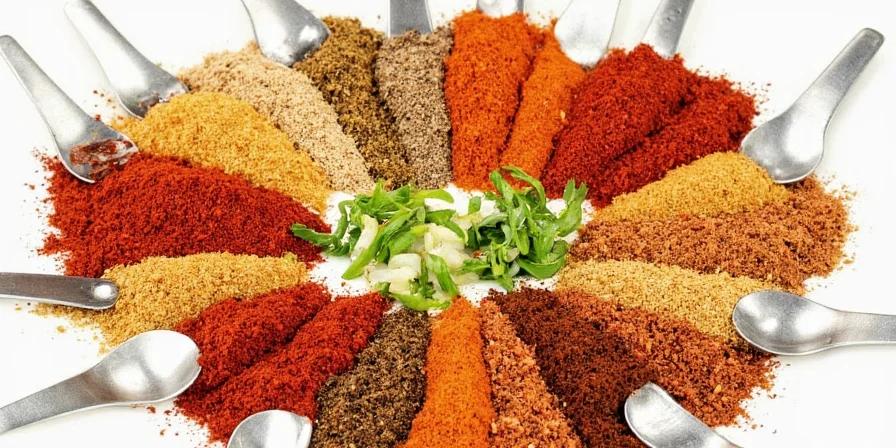
Want more spice wisdom? Keep an eye out for our next article: “Global Spice Traditions: From India to Morocco – The Ultimate Guide to Meat Rubs.” Stay spicy!

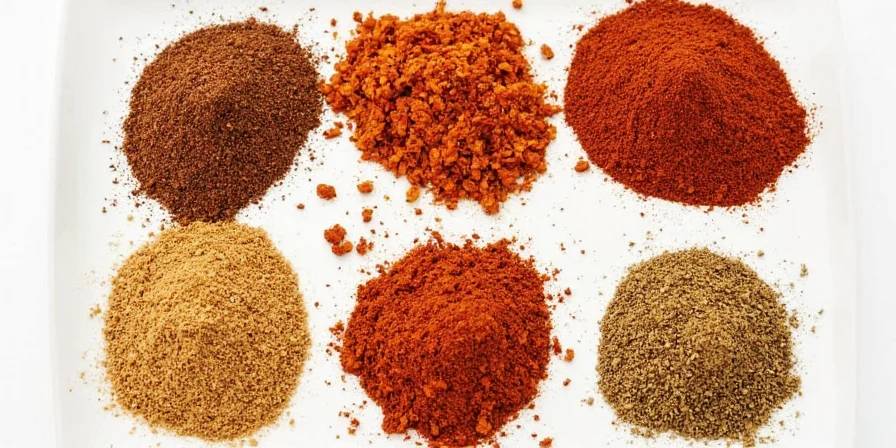









 浙公网安备
33010002000092号
浙公网安备
33010002000092号 浙B2-20120091-4
浙B2-20120091-4